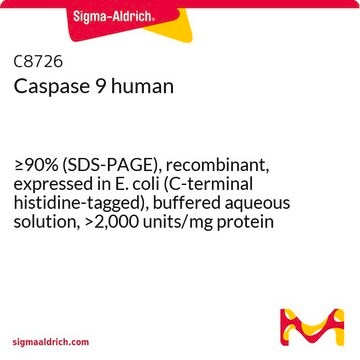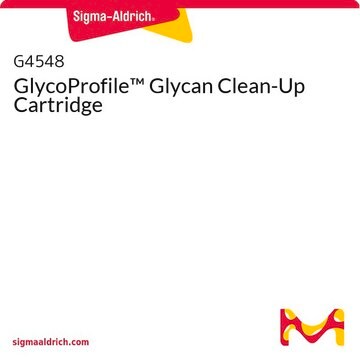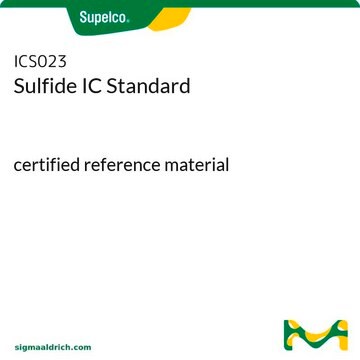CC120
Caspase 9, recombinant human active
Synonym(s):
APAF-3, ICE-LAP6, Mch-6
About This Item
Recommended Products
biological source
human
recombinant
expressed in E. coli
form
solid
manufacturer/tradename
Chemicon®
concentration
10-20% (caspase-9 protein, electrophoresis)
technique(s)
activity assay: suitable
NCBI accession no.
UniProt accession no.
shipped in
dry ice
Gene Information
human ... CASP9(842)
General description
The partially purified active recombinant human caspase-9 with full-length HIS-6 tag was expressed in E. coli. The expressed caspase-9 spontaneously undergoes autoprocessing to yield the subunits characteristic of the native enzyme. In combination with caspase-9 activity assays, the active recombinant caspase-9 is useful in biological screening of caspase inhibitors. The recombinant enzyme can also be used as a positive control in caspase-9 assays. Caspase 9 is known to have strong reactivity with other sequence peptides, especially DEVD-pNA.
Application
Activation: incubate 1-5 μL of stock in PBS pH 7.5 (100mM HEPES can be used as well) plus 10mM ATP and 5mM DTT (added just before use) for 30 minutes at 37°C.
Unit Definition
Physical form
Storage and Stability
Analysis Note
Legal Information
Disclaimer
Storage Class Code
11 - Combustible Solids
WGK
WGK 1
Flash Point(F)
Not applicable
Flash Point(C)
Not applicable
Regulatory Listings
Regulatory Listings are mainly provided for chemical products. Only limited information can be provided here for non-chemical products. No entry means none of the components are listed. It is the user’s obligation to ensure the safe and legal use of the product.
JAN Code
CC120:
Certificates of Analysis (COA)
Search for Certificates of Analysis (COA) by entering the products Lot/Batch Number. Lot and Batch Numbers can be found on a product’s label following the words ‘Lot’ or ‘Batch’.
Already Own This Product?
Find documentation for the products that you have recently purchased in the Document Library.
Our team of scientists has experience in all areas of research including Life Science, Material Science, Chemical Synthesis, Chromatography, Analytical and many others.
Contact Technical Service







